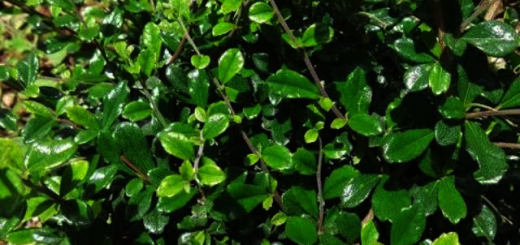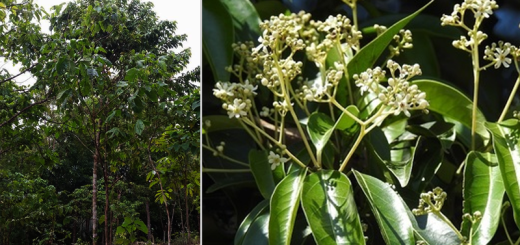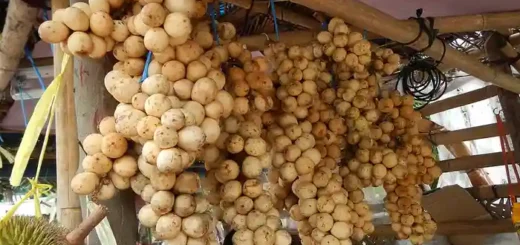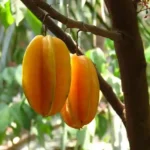Toog Tree – Philippine Rosewood

When you think of towering tropical trees, your mind might go to the Amazon or the jungles of Africa. But in the heart of Southeast Asia, particularly in the Philippines, stands one of the region’s tallest and most impressive native trees—the Toog Tree or Philippine rosewood (Petersianthus quadrialatus).
A Native Giant
The Toog Tree is one of the tallest—and arguably most majestic—indigenous trees in the Philippines. Reaching heights of up to 60 meters (nearly 200 feet), it dwarfs many of the surrounding forest canopy trees. Known locally as Toog and internationally as Bishop Wood, this tree is native not just to the Philippines, but also to parts of India, Indonesia, Malaysia, and Papua New Guinea.
Toog is one of the largest tree species in the Philippines. The currently known tallest Philippine Rosewood is in the Alegria municipality in the northeastern part of Mindanao with 65 meters tall, 360cm in diameters, and estimated to be around 300 years old.
It is also called Kapullan in Visayas region, Magtalisai in the Samar and Leyte areas.
Ecological Importance
The Toog Tree plays a critical role in its ecosystem. Its sheer size provides habitat for countless species—birds, bats, insects, and even epiphytic plants. Because of its large trunk and canopy, it helps regulate the microclimate of forests and supports biodiversity. The tree’s deep roots also stabilize soil, helping to prevent erosion, especially in mountainous or hilly regions.
Cultural and Historical Significance
In some parts of the Philippines, the Toog Tree is revered for its grandeur and age. Some ancient specimens are believed to be hundreds of years old and have become local landmarks. In Agusan del Sur, for example, a famous Toog Tree has been declared a heritage tree, symbolizing strength, endurance, and the richness of the country’s natural heritage.
Uses and Conservation
While Toog wood is known for being durable and termite-resistant—making it historically valuable for furniture and construction—the tree is now under increasing protection. Because of overharvesting and land conversion, old-growth Toog trees have become rare. Conservationists are advocating for the protection of remaining specimens and encouraging reforestation using native species like the Toog.
In recent years, environmental groups and local governments have started promoting the planting of Toog trees not just for their environmental value, but also for cultural and educational purposes. As awareness grows, the Toog is becoming a symbol of sustainable forestry and ecological pride in the Philippines.
Toog Tree – Philippine Rosewood: A Living Monument
The Toog Tree is more than just a towering plant in the forest—it’s a living monument to the natural heritage of Southeast Asia. Whether you’re a nature lover, an advocate for conservation, or simply someone who appreciates the silent strength of trees, the Toog is a reminder of the beauty and importance of preserving our native forests.
References:
https://en.wikipedia.org/wiki/Petersianthus_quadrialatus










